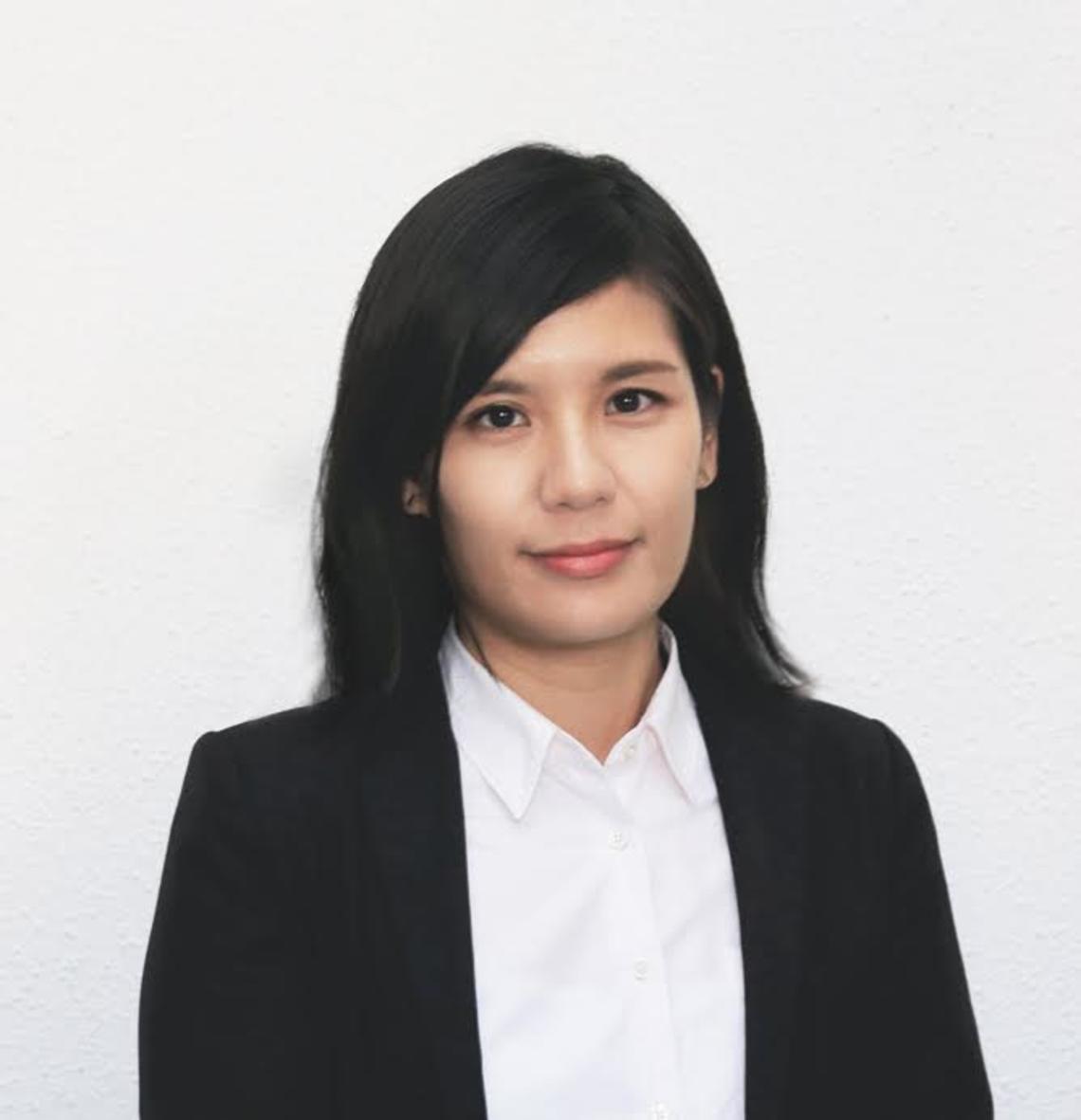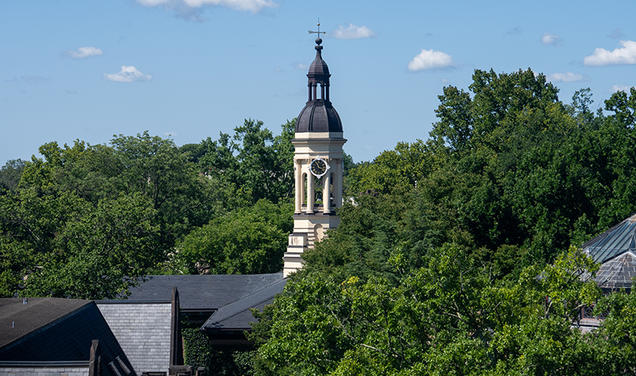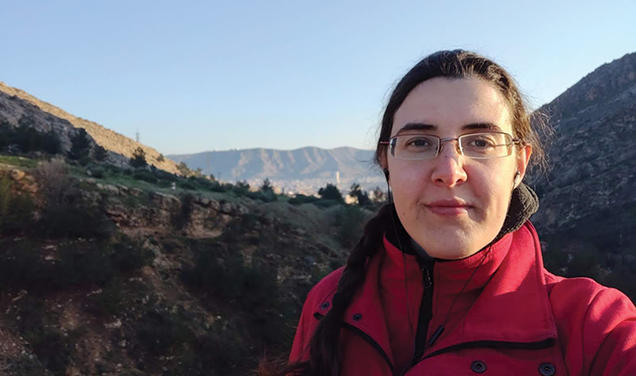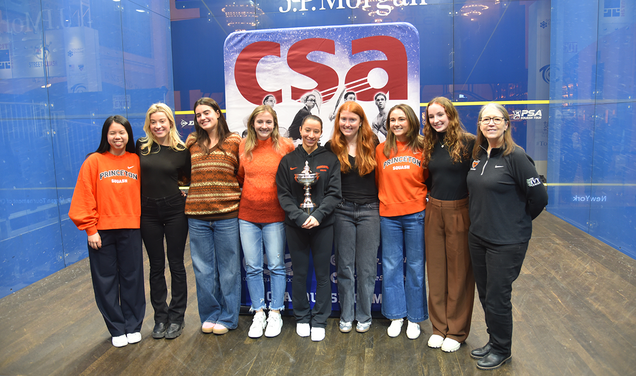
Jae Shin *11 has long harbored an interest in how cities work. She was 16 when she moved from the bustling metropolis of Seoul, South Korea, to the relatively tame and homogeneous suburbs of Chicago.
“I remember saying, ‘Mom, where’s subway?’” recalles Shin. “‘How am I going to get to the mall?’”
Trained in painting at the Rhode Island School of Design, Shin moved to New York after graduation to make a career out of art. “I rented an apartment for $400 in Brooklyn in a corner of someone’s kitchen,” she says.
Her time in New York heightened her interest in the complex systems that allow cities to function.
“Living in New York, you take the subway, you take the bus,” says Shin. “You see when it rains, you learn about sewer overflow. You come across people who clean the streets. You understand there’s a registry of potholes.”
The complexity of it all fascinated Shin. She wanted to learn how it all worked. Architecture, she decided, was the perfect way to study urbanism and still keep a hand in visual culture. “Architecture was almost a metaphor for that complexity — a diagram for the entire system,” she says.
Shin picked Princeton’s School of Architecture for its strong culture. “It’s almost like a club of people who interrogate how cities are made relative to architecture,” says Shin. “Princeton had an amazing way of integrating form to the history of architecture. All the history classes I took were quite amazing — very intense.”
The man behind that culture was Professor Stan Allen, the school’s dean while Shin was there. Allen pushed his students to consider designs not only in the abstract, but also in the real world where structure and policy play big roles. “He really defined my experience,” says Shin. “He taught my very first studio and he was my advisor for thesis, which was my last studio.”
When Shin graduated, she decided she wasn’t going to pursue an ordinary job at an architectural office. After all, it was never the “sexiness of a New York tower” that motivated her to enter architecture, but rather the grit of a city at large.
She started her own studio, Hector Design Service, and began working with community organizations in Newark. She soon won an NEA grant to do a crowd-sourced scale model of the city. For a year she went from home to home, piecing together — often in strangers’ kitchens — the 30,000 buildings needed for the model.
“It gave me the experience to talk to people about cities in real words that non-architecture, non-policy folks can understand,” she says. “If we’re in the kitchen painting buildings that are square, what does the square mean if we paint it blue or purple? Does it make sense for a factory to be next to where you live? What’s the asthma rate? What does it mean for a highway to be next to where you live?”
Last year, Shin brought her participatory design expertise to the New York City Housing Authority (NYCHA), as part of a three-year Enterprise Rose Architectural Fellowship. The fellowship pairs young architects and designers with communities across the country to promote equitable and sustainable affordable housing. Shin is the first Enterprise Rose Architectural Fellow that NYCHA has hosted.
“I was eager to see how what I learned could be scaled up or put into a set of regulatory language working with communities,” says Shin of why she pursued the fellowship at NYCHA.
Shin published new design guidelines for public housing in New York earlier this year. The guidelines affect the more than 400,000 people who live New York’s public housing, or approximately one out of every 14 New Yorkers.
The 42-page guide for rehabbing residential buildings touches everything from green spaces (“Using lower fences will help create better-connected and more visually open sites.”) to kitchens (“Provide as much counter space as possible.”) The goal, says Shin, is to create spaces that are more dynamic, safe and connected to their surroundings as well as buildings that are more sustainable, healthful, and pleasing.
“What surprised me was how excited people were. It really put me in touch with the fact that these are people’s homes. I work in an office, in a tower, in the city. Sometimes it feels so remote when I write out meeting agendas and summaries,” says Shin. “It’s the same for any designer. The most awesome thing about being a designer is that interface with the user.”









0 Responses